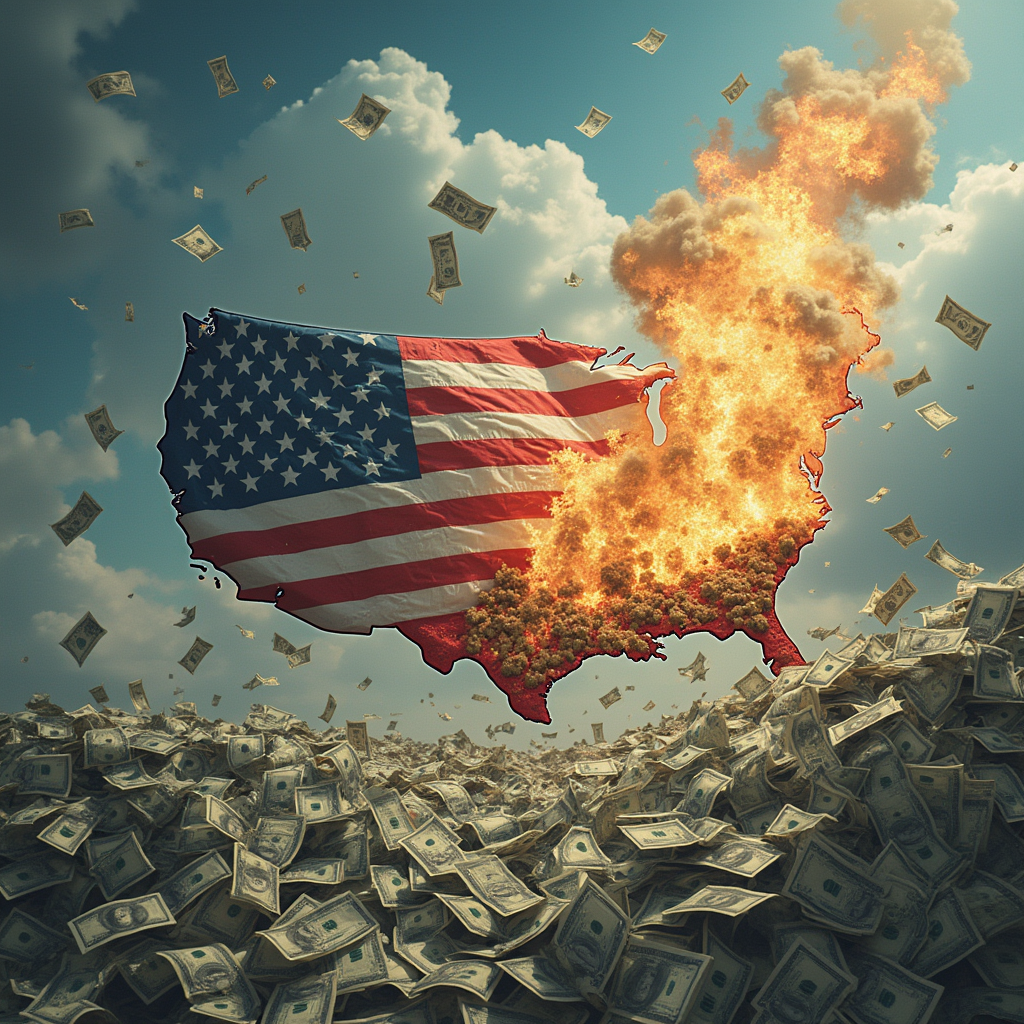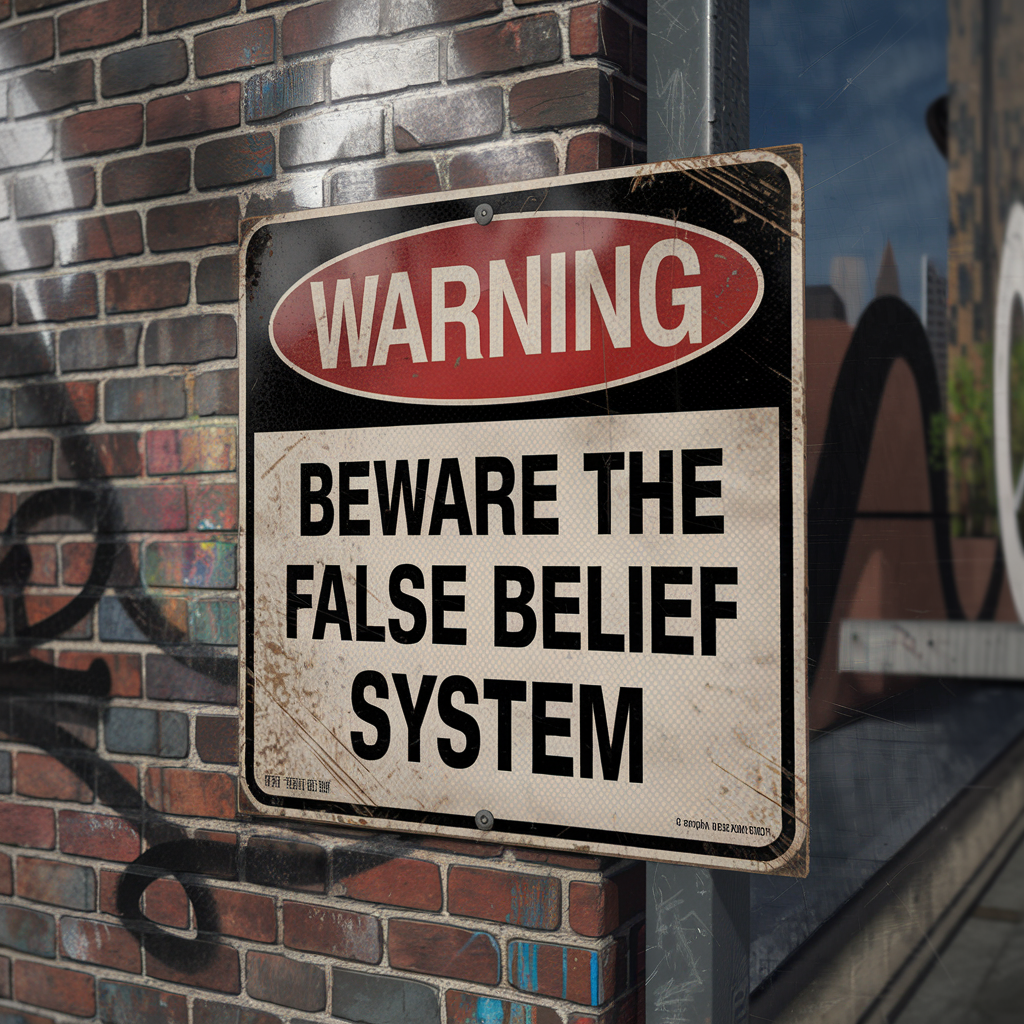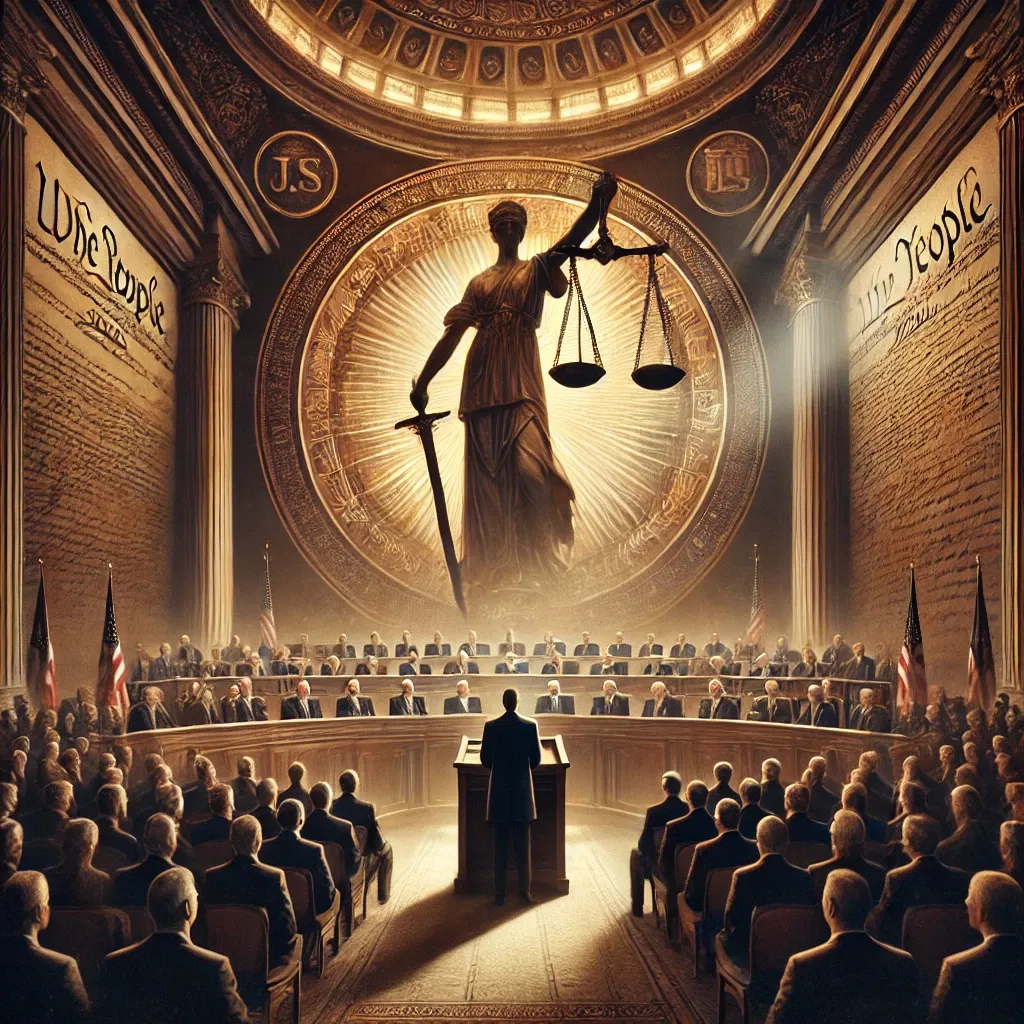You wouldn’t be especially impressed by someone’s insight if they told you that the world today is full of turmoil. That’s obvious— from wars and cultural clashes to cost of living crises and a pervasive sense of negativity.
More impressive is that William Strauss and Neil Howe predicted that the 2020’s would be like this nearly three decades ago in their 1997 book, The Fourth Turning.
According to their theory, societies move through cycles approximately 80-100 years long, with each cycle divided into four distinct “turnings.” These phases mirror the seasons, with the Fourth Turning representing the harsh winter—a period of upheaval and transformation.
Strauss and Howe predicted that the next Fourth Turning would begin in the mid-2000s, ignited by a crisis that would set the stage for significant societal change.
The 2008 global financial crisis marked the beginning of this period. Since then, governments and central banks have been in a constant state of crisis management, employing measures like low interest rates and increased government spending to prop up the faltering system.
Today, as Strauss and Howe foresaw, this phase is characterized by a collapse of trust in institutions that have dominated since the start of the current cycle, just after World War II.
From the media, to government bodies like the justice system and Federal Reserve, to global organizations like the UN and IMF, these institutions are increasingly viewed as ineffective, obsolete, or downright harmful.
Historically, Fourth Turnings are marked by intense turbulence, often culminating in major conflicts or transformative events, such as the Great Depression leading to World War II, or in the cycle before that, the American Civil War.
While history doesn’t have to repeat itself exactly, the growing dissatisfaction across the developed world is palpable. Issues like healthcare costs, immigration, and rising inequality fuel a sense that society is no longer functioning as it should.
This widespread discontent often leads to political upheaval. As voters lose faith in current leaders, new political movements and parties gain traction.
But none of these ‘saviors’ are going to win by promising to cut spending.
Until their hand is absolutely forced, politicians will continue to borrow and spend as much as they can in a desperate attempt to cling to power. But to be fair, the public is also to blame— they largely demand it.
As Howe writes in the sequel to the Fourth Turning which he published last year:
“Like addicts acquiring tolerance, policy-makers have backed themselves into a corner: The public braces itself for the dark hour when the Fed can no longer ease and Congress can no longer borrow no matter how badly the economy founders.”
This scenario highlights three key trends that are likely to shape the future:
1. Huge Deficit Spending
The US deficit reached nearly $2 trillion in 2023, a historic high outside of wartime or national emergency.
In theory there is no limit to the level the deficit can reach. After all, the US Government can issue the debt and the Federal Reserve can buy it all.
But the problems show up in the value of the US dollar. Not just against other currencies— other governments are devaluing their currencies in the same way. Instead, the value of what a dollar is worth, in terms of real goods and services that people need to buy, is diminished.
The Fed is acting right now as if the inflation problem is licked. But, given the trajectory of future deficit spending, we are really just in the opening stages of a larger, wider inflation problem.
2. Increasing Conflict
The intensity of global conflicts has escalated, particularly following Russia’s invasion of Ukraine. This has accelerated a shift away from global trade and cooperation, as countries prioritize securing their own supply chains and others try furiously to develop parallel financial systems that leave them less vulnerable to the whims of US foreign policy.
This retreat from global integration is likely to increase tensions and create further instability.
3. Potential Monetary Resets
All of this leads to the potential for a monetary reset— typical during a Fourth Turning. The value of the reserve currency is being continuously debased and its status as a reserve currency can leave others vulnerable to the imposition of sanctions or even confiscation of their assets. That’s not sustainable.
There are so many possible permutations of how this could all play out that it’s difficult to say exactly what a global financial reset would look like right now.
But it would almost certainly mean the loss of the dollar’s global reserve status.
That is exactly why we always advocate having a Plan B, a solid backup plan to provide great optionality in tumultuous times.
That’s why we started Schiff Sovereign: Premium, a highly educational, month-by-month guide that is designed to help you navigate the world from a position of strength, both personally and financially.
In Schiff Sovereign Premium, we focus on what we think will work well amidst all the uncertainty, regardless of the sequence of events that occur.
It includes both Plan B strategies (such as maintaining your freedom of movement, and legally reducing your tax bill), as well as compelling investment research.
Our investment thesis focuses on real assets— the world’s most critical, valuable, and useful resources, as well as the businesses which produce them.
Real assets are a beneficiary of the huge debasement of currency that we are seeing. And right now, with central banks across the world starting to cut interest rates again, we should see that trend accelerate.
Gold in particular has already responded to the impending injection of liquidity that lower interest rates will bring, reaching all time highs on multiple occasions this year.
Gold mining stocks, however, haven’t yet followed suit… but are primed to do so. (In July’s issue, we explained why, and released research on two well-positioned companies in the gold mining industry.)
Commodities are also a beneficiary of the unfortunate trend of increasing conflict across the world. Not only are war-time economies typically inflationary, they also require a huge amount of industrial commodities.
But the chronic underinvestment in commodity supply over the past decade has set the stage for potential shortages. As these issues come to the fore, both prices and investment in production are likely to rise— a great opportunity for investors.
But even if these trends don’t play out exactly as expected, investing in companies that control some of the world’s most valuable real assets—especially including critical energy resources like natural gas and uranium—has very little downside.
If you want to learn more about Schiff Sovereign Premium, and the specific investments we have researched, click here.
At just $9 a month, it’s a no-brainer.








